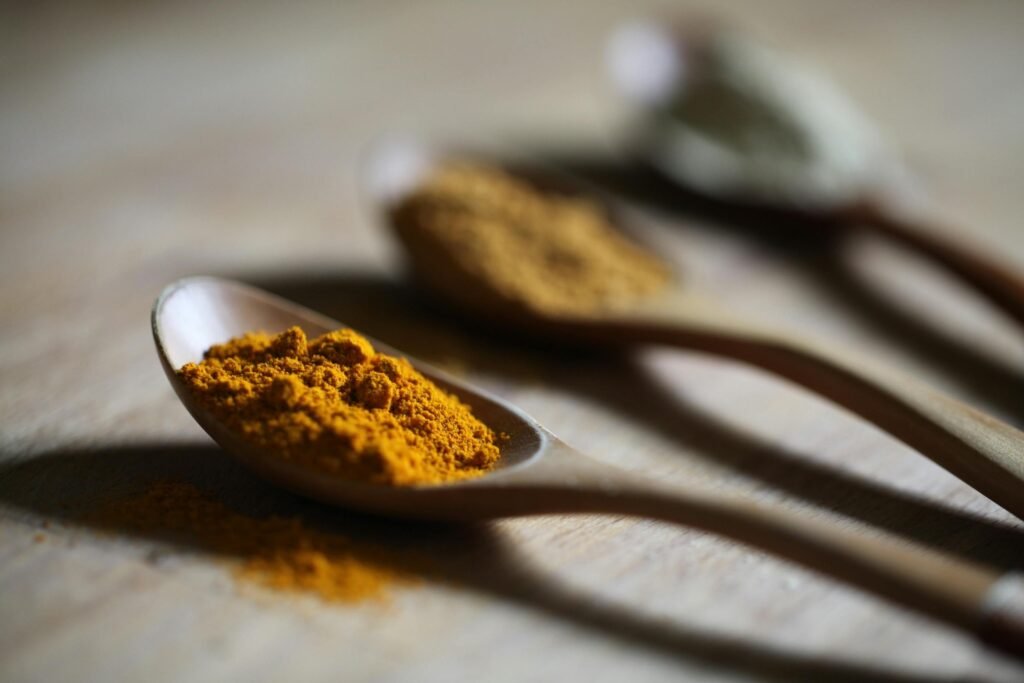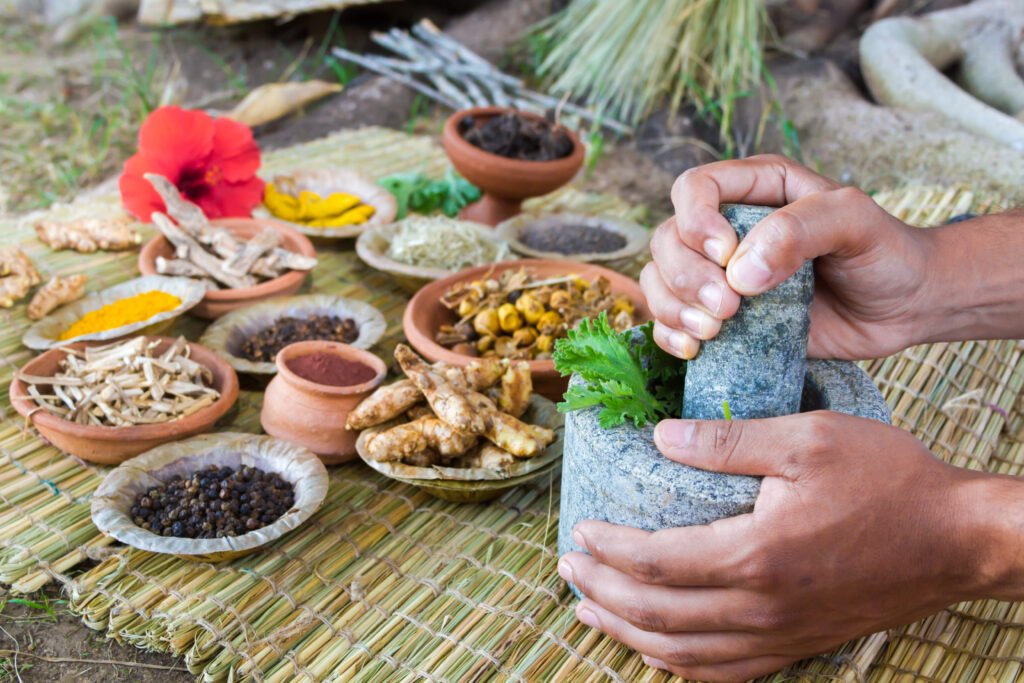Ever felt like your body is screaming for a reset but you’re not sure where to start? You’re not alone. With countless diets flooding social media feeds, it’s hard to know what actually works—and what doesn’t. Enter ayurvedic cleansing, an age-old practice rooted in balance and natural healing that can help kickstart your journey toward sustainable weight loss.
In this post, we’ll explore how ayurvedic cleansing can transform your health while addressing common misconceptions. Stick around because by the end of this guide, you’ll have actionable steps, authentic tips, and even a rant or two about why skipping trendy detox teas might be the best decision you ever make.
Table of Contents
- What Is Ayurvedic Cleansing?
- Why Your Body Craves a Cleanse (And Why Fad Diets Fail)
- Step-by-Step Guide to Practicing Ayurvedic Cleansing
- 5 Best Practices for Effective Ayurvedic Cleansing
- Real-Life Success Story: From Burnout to Balance
- Frequently Asked Questions About Ayurvedic Cleansing
Key Takeaways
- Ayurvedic cleansing focuses on balancing doshas (Vata, Pitta, Kapha) to promote long-term wellness.
- This holistic approach combines diet, herbs, and lifestyle adjustments to cleanse toxins effectively.
- Sustainable results come from consistency, patience, and avoiding “quick fixes.”
- You don’t need expensive products—nature has everything you need!
- Mistakes happen (like forgetting self-care during cleanses), so go easy on yourself.
What Is Ayurvedic Cleansing?
Ayurveda, often called “the science of life,” is an ancient Indian system of medicine based on the interconnectedness of mind, body, and spirit. At its core lies cleansing, also known as Panchakarma, which aims to remove toxins (ama) accumulated in the body over time.

A visual representation of the three doshas in Ayurveda.
Unlike modern fad cleanses promising quick fixes, ayurvedic cleansing respects your body’s unique needs. It targets imbalances within your dominant dosha(s), helping restore harmony naturally. Sounds fancy, right? Well, here’s the catch…
Why Your Body Craves a Cleanse (And Why Fad Diets Fail)
Let’s get real for a moment: How many times have you tried a flashy new diet, only to rebound worse than before? Yep, guilty as charged—we’ve all been there.
One confessional fail I’ll admit: Back in my early 20s, I went all-in on a juice cleanse. For five days, I survived on kale smoothies and cucumber water. The result? A sugar crash so intense I faceplanted into a bagel at brunch week two. Not exactly sustainable.
Here’s the thing—fad diets are temporary band-aids. They ignore underlying issues, leaving you feeling drained and defeated. In contrast, ayurvedic cleansing addresses root causes through personalized practices tailored to your dosha type. No gimmicks, just pure nourishment for mind and body.
Step-by-Step Guide to Practicing Ayurvedic Cleansing
Step 1: Determine Your Dosha Type
Take an online quiz or consult an ayurvedic practitioner to identify whether you’re predominantly Vata, Pitta, or Kapha. Knowing your dominant energy helps customize your cleanse.
Step 2: Start with Mono-Diet Days
Incorporate one day per week where you eat simple, easily digestible foods like kitchari—a comforting dish made from rice and lentils. This lightens your digestive load and prepares your system for deeper detoxification.
Step 3: Include Herbal Support
Supplement your routine with ayurvedic herbs such as triphala or neem. These support digestion, liver function, and toxin elimination without harsh side effects.
Step 4: Practice Oil Pulling
Each morning, swish a tablespoon of sesame or coconut oil in your mouth for 15–20 minutes. Spit it out afterward; this pulls toxins from your oral cavity and boosts overall immunity.
Step 5: Prioritize Sleep and Meditation
Sleep hygiene matters! Aim for 7–9 hours nightly paired with daily meditation sessions to calm the nervous system and enhance mental clarity.
Optimist You: “C’mon, better rest means less stress snacking!”
5 Best Practices for Effective Ayurvedic Cleansing
- Honor Your Hunger Cues: Eat when hungry, stop when full. No punishing restrictions allowed.
- Stay Hydrated: Warm lemon water first thing in the morning jumpstarts digestion.
- Massage Yourself: Daily abhyanga (self-oil massage) improves circulation and lymphatic flow.
- Avoid Cold Foods: Stick to warm, cooked meals—cold stuff dampens agni (digestive fire).
- Move Mindfully: Gentle yoga or walking works wonders compared to intense workouts during cleansing.
Real-Life Success Story: From Burnout to Balance
Meet Sarah, a 34-year-old marketing exec who struggled with chronic fatigue and stubborn belly fat despite endless gym hours. After transitioning to ayurvedic cleansing principles, she shed 15 pounds within three months—not through deprivation but by listening to her body.
“It wasn’t instant,” Sarah shares. “But the process taught me patience. Now I wake up energized instead of dreading Monday mornings.”

Before-and-after transformation featuring glowing skin and improved physique.
Frequently Asked Questions About Ayurvedic Cleansing
Q: Can anyone do ayurvedic cleansing?
Absolutely—but listen closely. Pregnant women, those with severe medical conditions, or anyone taking medication should consult their healthcare provider first. Everyone else? Proceed with enthusiasm!
Q: Will I lose weight fast?
Probably not overnight, and honestly, that’s a good thing. Rapid weight loss often leads to muscle loss and burnout. Slow and steady wins the race with lasting benefits.
Q: Do I need special equipment?
Nope! Aside from basic kitchen tools and some ayurvedic spices/herbs, you’re good to go. Nature provides everything you need.
Conclusion
Congrats—you now hold the secrets to unlocking ayurvedic cleansing. By embracing personalized routines, prioritizing balance over extremes, and respecting your body’s wisdom, you’ll achieve not just weight loss but lifelong wellness.
Remember, progress takes time, so ditch perfectionism and embrace small victories along the way. Oh, and if anyone questions your commitment, hit ’em with this haiku:
Soil holds seeds of growth,
Cleansing clears paths unseen,
Roots bloom from stillness.


